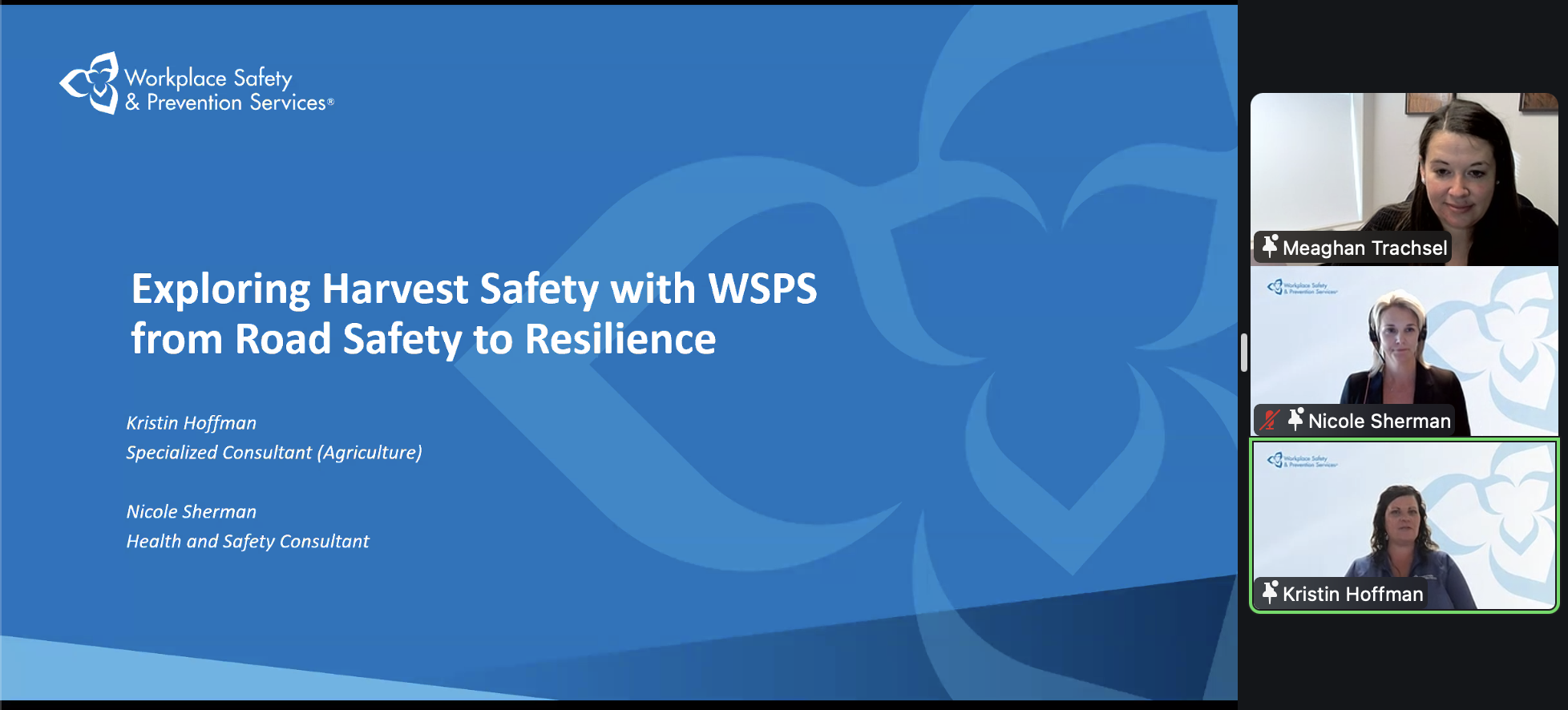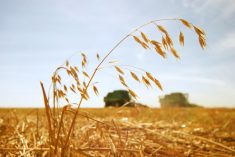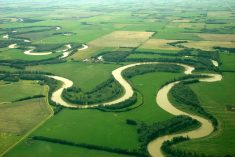Thanks to an almost month-long heat wave, a plant pathologist believes some cereal leaf diseases in much of Alberta have been wiped out for the season.
The province received variable precipitation this spring which had pathologists and producers expecting the arrival of members of the leaf spot complex. However, Kelly Turkington with the Agriculture and Agri-Food Canada Lacombe Research and Development Centre said they may have been scorched by the July heat wave.
That’s no reason for farmers not to scout their fields. A late arrival of stripe rust spores blew into the province in late June, said Turkington. They likely originated in the state of Washington.
Read Also

Tips for staying safe this harvest season
Kristin Hoffman of WSPS explains measures for increased farm safety around harvest season
“Towards the early part of July there were reports (of stripe rust) out of Warner County and Vulcan County from a consultant and some reports in Lacombe County and then down the Highway Two corridor towards Calgary, both west and east,” he said.
Depending on the point in the season growers seeded, a stripe rust presence in cereal fields may mean a fungicide application, he said. Early-seeded crops may be out of luck from a timing perspective, but producers that seeded later may still have time to tackle the rust.
Those who may still have the chance to spray for stripe rust include those who seeded spring wheat for swath grazing or silage in late May or early June.
“Often we’ve seen in the past our worst stripe rust problems in those late-seeded fields where you might be looking at silage or swath grazing, especially where the variety is highly susceptible,” said Turkington.
Watch Glacier FarmMedia publications for more on this story.











